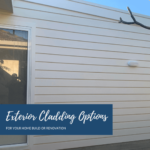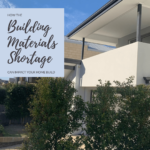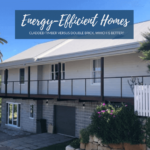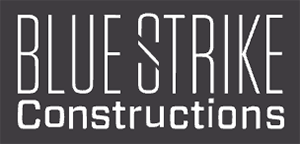One of the most common questions we are asked about cladded timber homes is how energy efficient are they? This question is quickly followed by questions about soundproofing.
Now, we kind of get why people assume that cladded timber frame homes are neither energy-efficient or soundproof, simply due to the lightweight materials used. If you are only familiar with the double brick method of construction, then it’s easy to see how you came to that assumption.
But, looks can definitely be deceiving, especially in this case. Let’s take a deep dive and see just how energy-efficient homes are based on the different construction methods used.
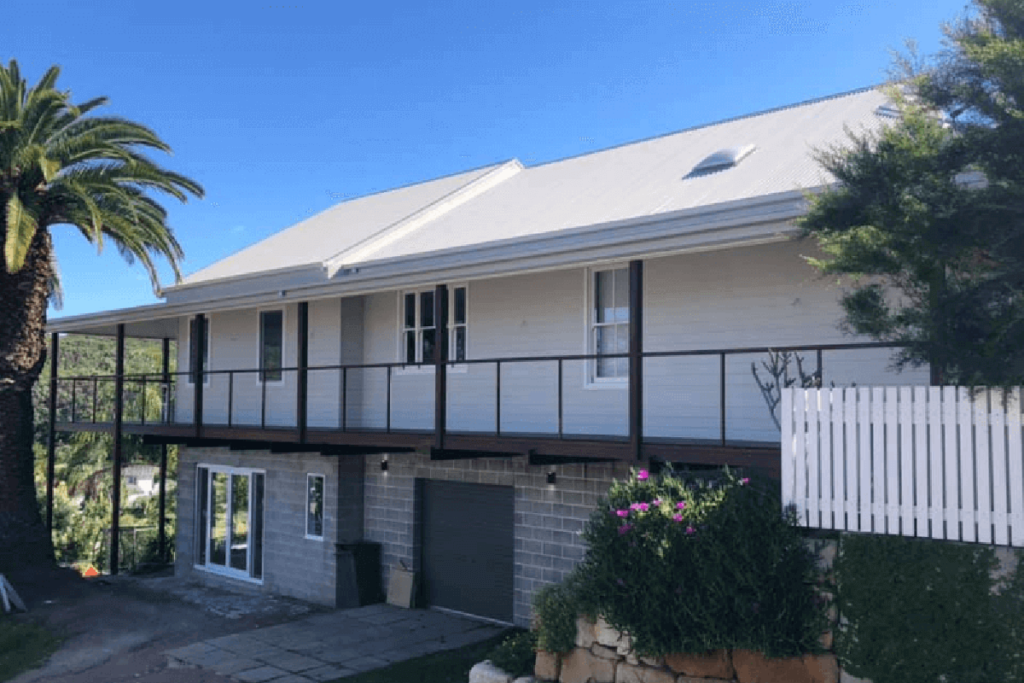
What exactly is energy efficiency?
In the simplest terms, energy efficiency is simply to save energy. The process of using less energy to get the same job done. Less energy to heat the house. Less energy to cool the house. Less energy to run the house. You get the picture.
Heating and cooling account’s for up to 50% of the energy consumption in the home. And Australians spend a lot of money and effort to keep our homes both warm and cool while trying to save money in these areas at the same time.
So how can we have more energy-efficient homes?
There are a lot of elements we can look at when improving the energy efficiency in our homes, but there are four key components that go a long way to reducing our home’s energy consumption.
- Solar orientation
- Window placement
- Insulation
- Energy-efficient materials and appliances
While we can swap out materials and appliances within our existing homes to improve efficiency… Such as installing water-saving devices. Swapping out halogen lights for more economical LED lights and changing our window treatments to help with heating and cooling. Some of the main factors that come into play with energy efficiency need to be thought out when constructing the home.
And so, with this in mind, the method you choose to construct your home is important.
Let’s compare the difference.
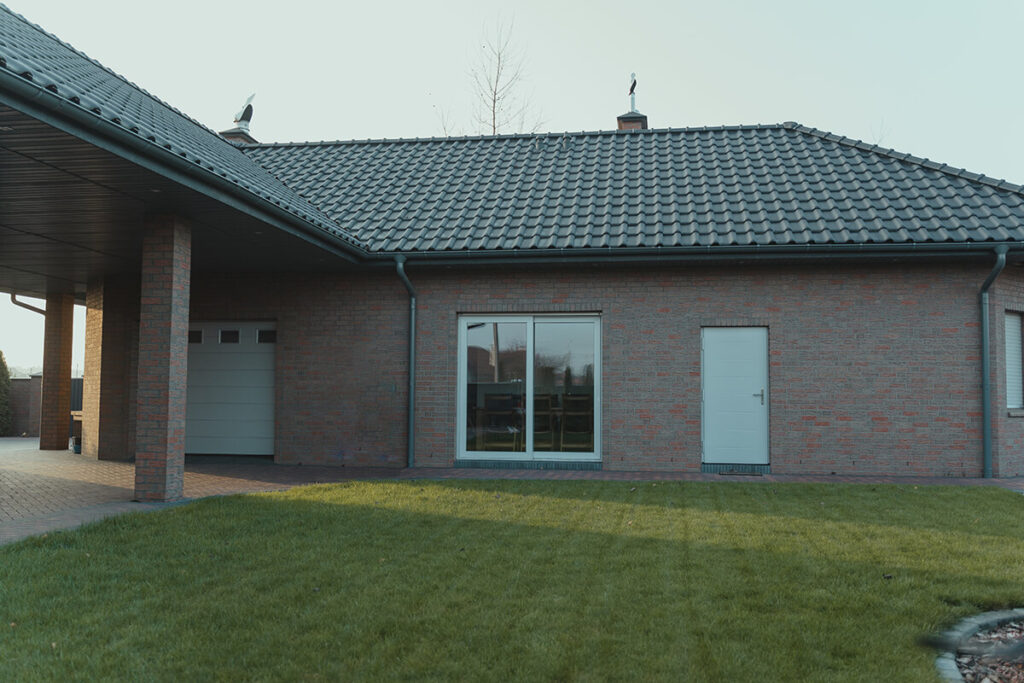
Energy efficient homes: Double brick construction
It’s fairly common knowledge that double brick is the preferred construction method in Western Australia, particularly around Perth. So, it can be easy to default to this method of construction when building a house with the preconceived assumption that it will be energy efficient.
And you would be right to a certain degree. Bricks do have a decent insulation quality to them. (the technical term is high thermal mass.) Add a double layer of bricks and a cavity in between and it’s safe to say, you’ve got the insulation component covered.
But, and this is a big but. While bricks are great at heating and cooling the house, because bricks have such a high thermal mass, it can take a long time for them to both heat up and cool down.
So, if there has been a run of hot days here in Perth with no reprieve, your double brick home is going to retain that heat for longer. This means it’s going to take more energy for you to cool the house down and keep it cool. And the same effect happens with cold days as well. After a few cold days, it’s going to take longer and more energy to warm your house and keep it warm.
There’s always the opportunity to add insulation to the cavity between the two layers of brick. This can increase the thermal load and therefore the energy efficiency in the house. However, the cavity was designed for a reason. It was designed to keep moisture from seeping from one layer of bricks to the other. If you add insulation, you run the risk of having a rising damp issue.
Constructing your home with double brick also limits your ability somewhat to fully capture solar energy through the orientation of your home and the window placement. Bricks only have so much give and due to the construction method and costs involved, you are limited to standard designs and layouts.
This can restrict the maximum benefits you can achieve from passive energy. If you are restricted in the orientation of your home and the size and placement of your windows. This will limit the amount of sun entering your home and any cross-ventilation you may benefit from.
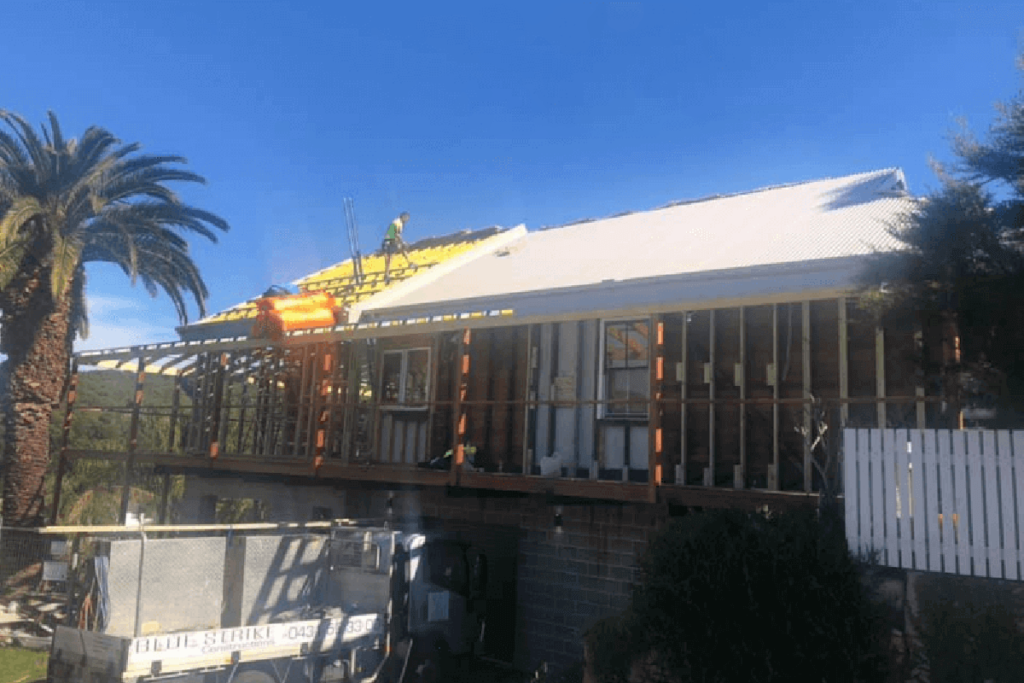
Energy efficient homes: Cladded timber construction
On the flip side, Let’s look at cladded timber framed homes. While not as popular a construction method in Western Australia, timber frame construction has been widely used in other states and territories in Australia successfully for years and years. When you’re used to double brick construction it may seem like cladded timber construction is too light, too flimsy and way too inadequate to provide energy-efficient qualities to the home.
And it’s true. Timber is relatively lightweight. When you look at the bare timber frame it can look a little flimsy (even though it’s actually very sturdy). And there sure are plenty of gaps and spaces between the timber. There is literally nothing holding heat in or keeping the cold out when you look at a standard timber house frame on its own.
Add a bit of cladding to the frame, and your energy efficiency increases slightly. But you won’t get any argument from us that timber frame and cladding alone may not provide optimal energy-efficient qualities.
However, add other factors to the cladded timber frame, such as insulation, and the energy efficiency of the home can be boosted considerably.
Insulation can be added between your timber frame to really boost up the energy efficiency rating in your home. Insulation can also be added as a wall wrap around the frame. Depending on the insulation you use, you can get comparable insulation qualities to that of double brick. This means you get the same energy efficiency to your home in half the size as double brick and for less cost.
Timber frame construction also allows for greater flexibility with the design of your home and the placement of doors and windows. Your external walls can be easily stepped to make the best use of both the block and solar energy… Something that is not so easy to achieve in double brick.
It is also relatively easy and cost-effective to change your window size and location on a timber frame house, again to capture the sun and breeze.
Warming your home naturally using the sun and cooling your home through cross-ventilation are the best ways to save on energy costs. It’s worthwhile considering these elements when designing and positioning your home.
It should also be noted here that it takes a lot more energy to manufacture brick and blocks than it does timber and cladding. So, beyond the energy efficiency in your home, timber construction is a much more sustainable building method and has much less impact on our environment.
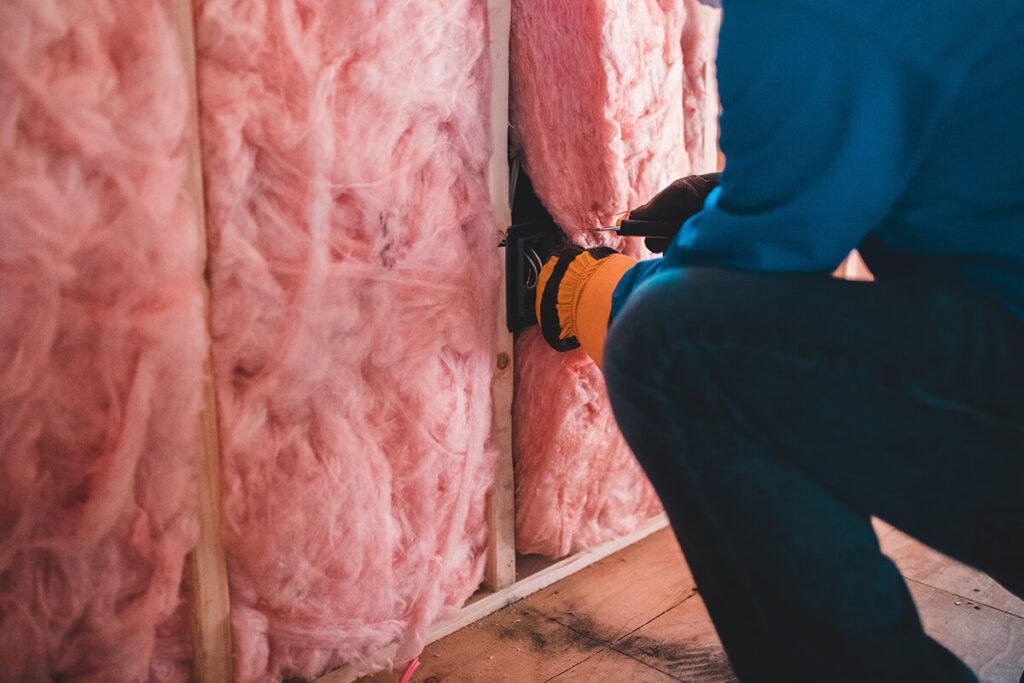
What about Soundproofing?
What about soundproofing indeed! Along with concerns of being too flimsy and inadequate in keeping our homes both cool and warm, sound is another big concern that homeowners have about building timber frame homes. But again, it is a misconception that timber frame homes are not soundproof.
On the contrary, if you add adequate insulation to the walls of your home, they are just as soundproof as a double brick home.
Cladding also has effective soundproofing qualities. Made from fibre reinforced cement products, most cladding is resistant to fire, is low maintenance and provides good acoustic qualities to the home alongside insulation.
Still in doubt about energy-efficient homes?
If you are looking at energy-efficient homes that are also quick to construct, cost-effective, beautiful in design and good for the environment, then you can’t go past cladded timber frame construction. But if you are still in doubt and have more questions, we are here to help.
Blue Strike Constructions specialises in timber frame construction and cladded homes.
If you are looking to build your home in Perth and want options beyond the double brick standard designs, give us a call and let’s talk about building you a custom designed home.

